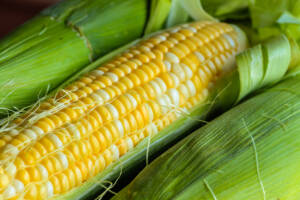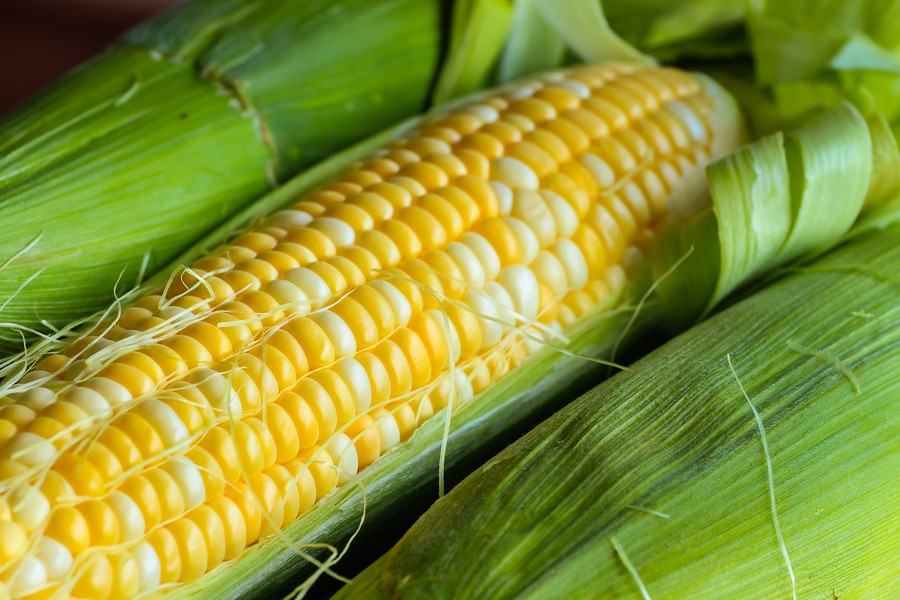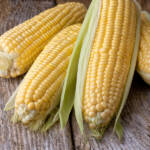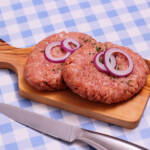
Written by Morgan McManimon-Myers, registered dietitian nutritionist
Tender and tasty, sweet corn is a signature of summertime. It’s a special corn variety featuring tender kernels eaten as a vegetable, instead of traditional field corn, which is harvested and used similar to a grain. Corn is native to Central America.
When buying at the market or from a farm-fresh stand, look for well-formed ears with light green colored husks and clean, almost-dry, golden-brown silks. Gently pull down the husk from the tip-end to check for color as well and kernel tenderness. Freshness is key, as the sugars in sweet corn convert to starch over time, thus losing that delicious sweet flavor. Avoid any dry-husked or damaged ears.
Once you have your corn home, use as soon as possible for optimum results. To store, keep in the fridge inside their husks to maintain flavor and moisture.
Health benefits:
- High in phytonutrients, including antioxidants and flavonoids including beta carotenes, lutein, and zeaxanthin
- Good source of vitamin A, important for healthy skin and mucous membranes, as well as vision and cell protection
- Good source of complex carbohydrates (fiber) in addition to the simple carbohydrates (sugars) that give it a sweet taste. The fiber helps to regulate blood sugar levels somewhat.
- Contains moderate mineral levels and some B-complex vitamins for healthy metabolism.
To prepare, you may eat raw or boil, grill, steam, or roast the entire cob; or, use a paring knife to slice the kernels from the cob. Try with a little salt and pepper, or get creative with some new seasonings such as garlic, cayenne, or some fresh butter. The kernels are great added to salads, pizza, pasta, chili, and rice dishes. Corn soup and chowders, as well as corn breads, are popular, and there are even recipes for corn-based desserts!
For more great ways to enjoy this summertime special from EatWell.com, click HERE!
To freeze buttery fresh sweet corn, refer to Jennifer M. Wood’s previous post Here:




